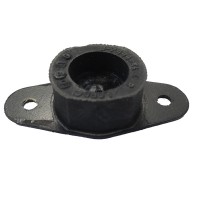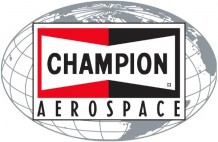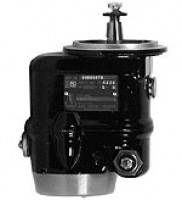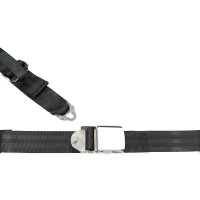SAME DAY SHIPPING ON ORDERS PLACED BY 4 PM | 877-4-SPRUCE
V-1 Luftwaffe Model
$215.95/Each
Part# 13-10812
MFR Model# FGVITE
MFR Model# FGVITE
Overview
|
The V-1 is the first guided missile developed by the German Luftwaffe during World War II and it was manufactured by Fieseler. The V-1 was designed by Robert Lussar of Fieseler company and Fritz Gosslau from the Argus engine works, with a fuselage constructed primarily of welded sheet steel and wings. The V-1s maiden flight was during late 1941 or early 1942 at Peenemunde. The conventional unpiloted V1 launch sites could theoretically launch at about 15 bombs per day though it was never consistently achieved, so the record would be 18 in one day. The earliest experimental versions of the V-1 were air-launched. Most operational V-1s were launched from static sites on land and from July 1944 to January 1945, Luftwaffe launched approximately 1,176 from modified Heinkel He 111 H-22s flying with the Luftwaffes 3rd Bomber Wing or Kampfgeschwader 3 flying over the North Sea. Later in the war, several air-launched piloted V-1s were built but never used in combat. There were almost 30,000 V-1s made and approximately 10,000 were fired at England and 2419 have reached London which killed 6,184 people and injured 17,981. After World War II, V-1s were experimented by the armed forces of France, the Soviet Union and the United States. |
WARNING: Cancer and Reproductive Harm - www.P65Warnings.ca.gov. |
Q&A
Please note, Aircraft Spruce's personnel are not certified aircraft mechanics and can only provide general support and ideas, which should not be relied upon or implemented in lieu of consulting an A&P or other qualified technician. Aircraft Spruce assumes no responsibility or liability for any issue or problem which may arise from any repair, modification or other work done from this knowledge base. Any product eligibility information provided here is based on general application guides and we recommend always referring to your specific aircraft parts manual, the parts manufacturer or consulting with a qualified mechanic.


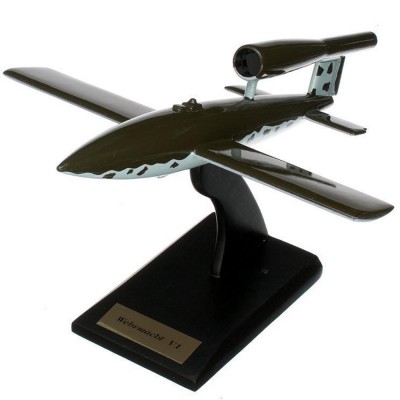





 FREE Shipping
FREE Shipping
